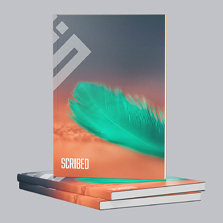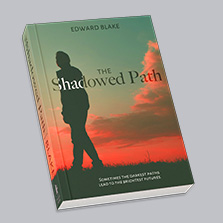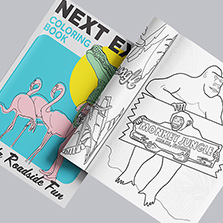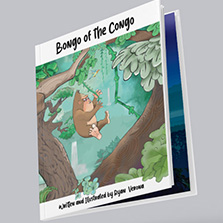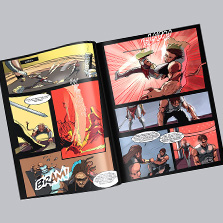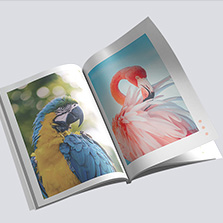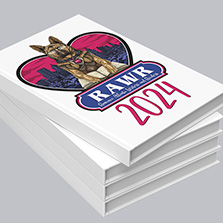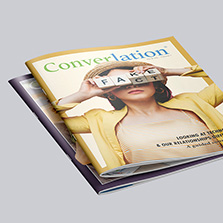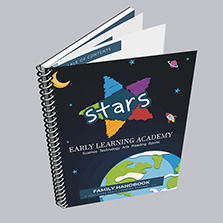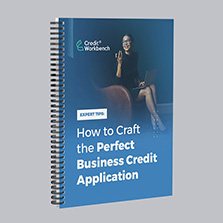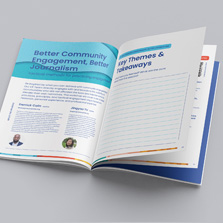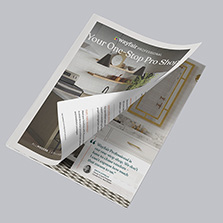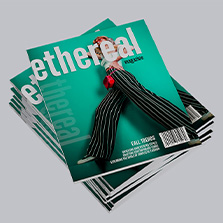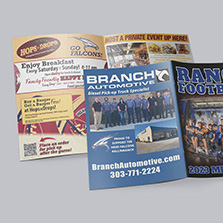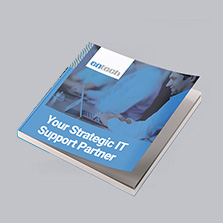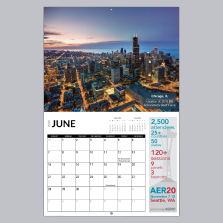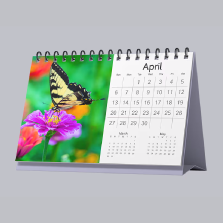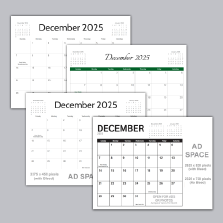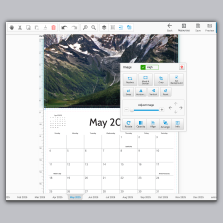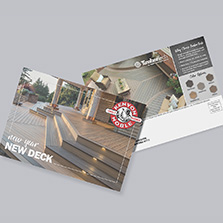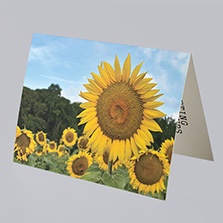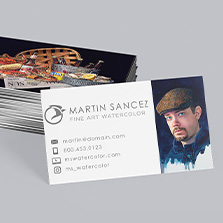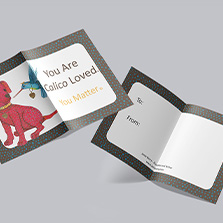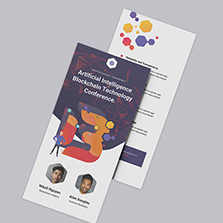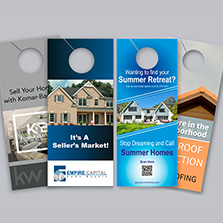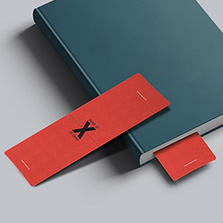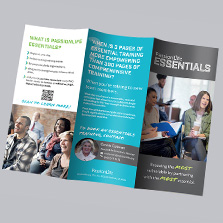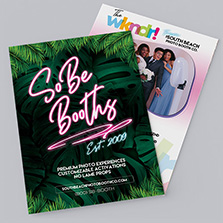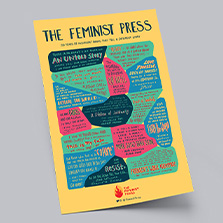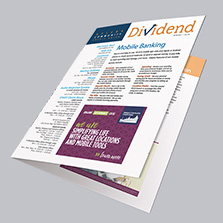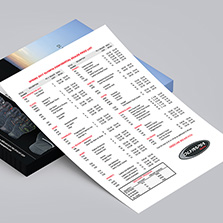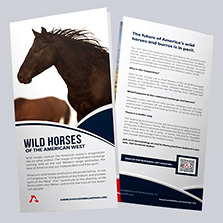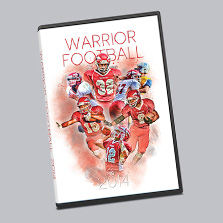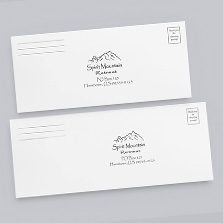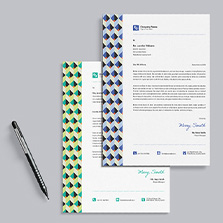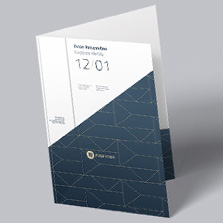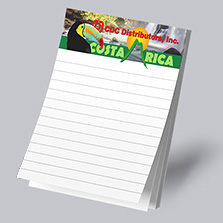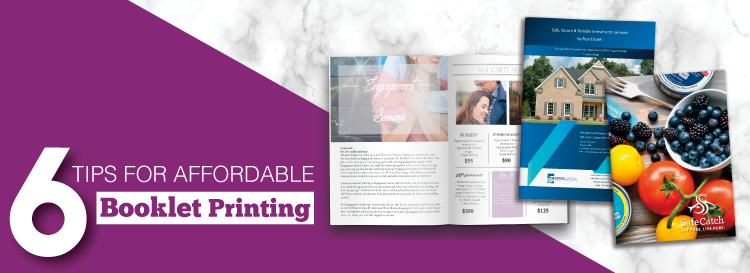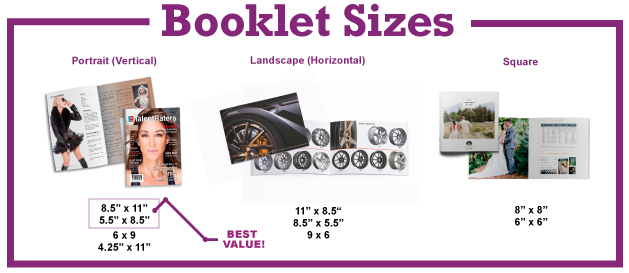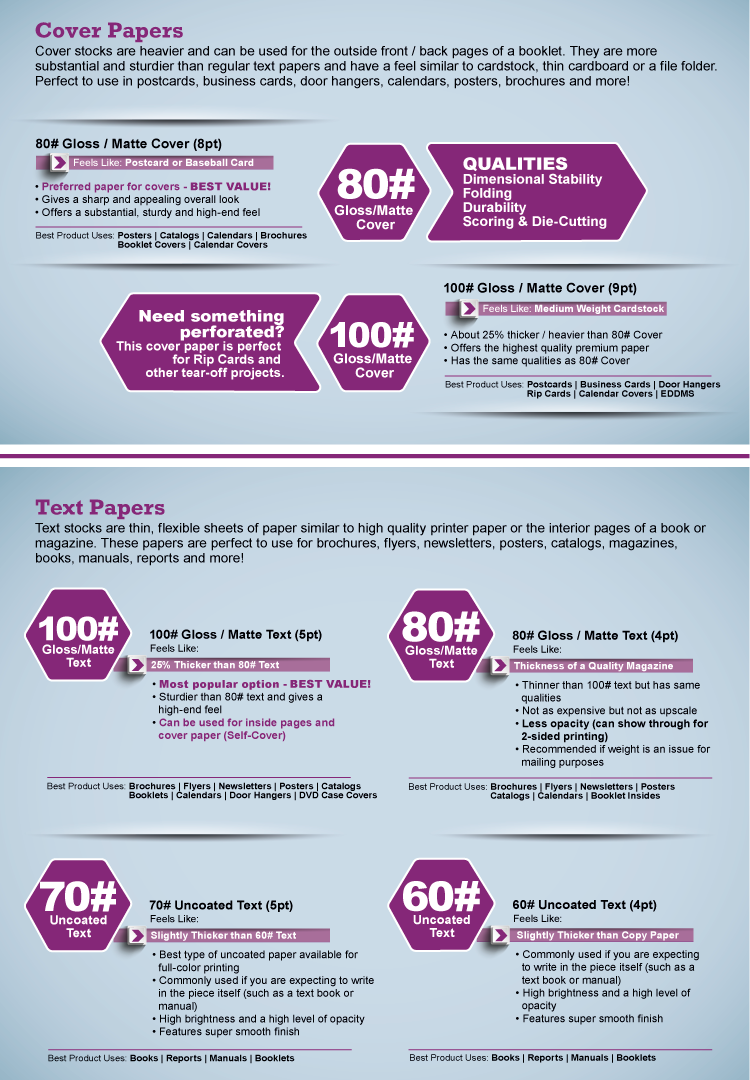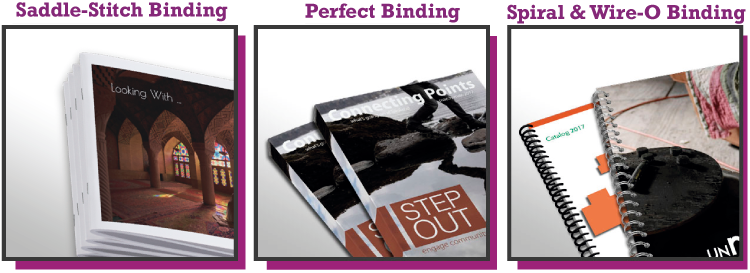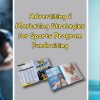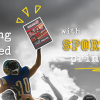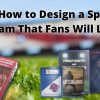6 Affordable Booklet Printing Tips
We understand that printing a booklet online can be intimidating and confusing. Everyone is looking for ways to save money and whether you’re printing 10 or 10,000 copies, booklet printing can get quite expensive. What paper should you choose, and what type of binding is best suited for your project? It helps to understand how each decision you make for your booklet will affect its overall costs. Here are a few things to take into consideration that will help you save money and still maintain quality and design.
1. Stick with Standard Page Sizes & Save
Deciding on the size of your booklet should be your first step. Choosing a standard size will always save you money because it produces less waste in the production process. The paper standard and most common print sizes are 8.5” x 11” and 5.5” x 8.5” and these sizes offer the best value for just about any booklet project.
• Portrait orientation refers to a book that has a width dimension smaller than its height dimension (see diagram above). This format has a vertical shape, which is regarded as the most common choice for printed book projects. It is also known as a “long edge bind” because the spine of the book runs along the longer of the two dimensions. Portrait sizes of 8.5” x 11” and 5.5” x 8.5” offer the best value and is the most economical choice you can make for your booklet project.
• Landscape orientation refers to a book that has a width dimension larger than its height dimension (see diagram above). The landscape format has a horizontal shape and is not as common as the portrait style. It is also known as a “short edge bind” because the spine of the book runs along the shorter of the two dimensions. Please keep in mind when choosing a landscape orientation instead of portrait that the costs do increase.
• Square orientation refers to a book that has width and height dimensions that are equal (see diagram above). Square size booklet costs will be higher than a standardized portrait size.
If none of these sizes fit your printing needs, most printing centers offer custom sizes, although this option is going to cost more. It is important to keep in mind that a custom size can have huge impact on your overall price – even when the difference is as small as ¼” off of a standard size. This can come as a big shock when you are ready to print your booklet. Unless you have a very specific reason for a custom print size, why pay more money? It’s best to keep with the standardized sizes recommended to keep costs low. Or, if needed, make sure you know the price before you start designing.
2. Let’s Talk Paper
An important factor in online booklet printing is the paper. Printing companies offer a variety of papers that are thick or thin, glossy or matte, and more. Picking the right type of paper can be confusing and making the wrong choice can end up being costly. Here are some tips.
Booklet Covers
• Self-Cover (soft cover) is when the cover and the inside paper are the same weight. Our best value suggestion when producing a self-cover booklet is utilizing 100# Text (Gloss or Matte) for both the inside and cover papers. The paper is not too flimsy and still has a good texture to it that keeps your final product looking and feeling professional.
• Plus-Cover (cardstock) is when the cover is thicker than the inside pages. The extra stiffness will make your booklet feel better to hold and flip through. Our recommendation is to use an 80# Cover (Gloss or Matte) with 100# Gloss Text for the inside paper. The cardstock cover will give your product a more formal and substantial feel. 80# Cover is also not so thick that the paper flexes open when the booklet is closed. The 100# text on the inside maintains a level of quality consistent with the type of cover you are using.
Paper Types
We know how confusing it can be to understand all the different types of paper there are to choose from. There are so many options that it can be hard to decide which paper is best suited for your booklet project and will give you the best value. Here is a quick breakdown:
We hope this breakdown helps you better understand the various paper types and that you have a better idea on how to decide on the best paper for your booklet project. But sometimes there’s nothing better than feeling the paper for yourself. Request a sample pack and receive our paper swatch plus lots of other product samples where you can feel and compare different types of papers!
Gloss vs. Matte vs. Uncoated
In the infographic above, you may have noticed that each paper type comes in either gloss, matte or uncoated. What does this mean? Papers are either coated or uncoated. Uncoated paper is non-reflective like printer paper. Coated papers have matte or gloss finishes. Matte stocks are smoother and more refined than uncoated, but not shiny like gloss papers. The coated papers produce sharper and more vibrant printing.
• Gloss paper has a shiny and lustrous smooth coated gloss finish. Excellent for making color printing pop and catching your customer’s attention. Gloss coated papers are commonly used to convey professionalism, and the coating results in rich colors that makes images and photographs really stand out. Catalogs, magazines and programs are good examples of projects best printed on gloss paper.
• Matte paper exhibits more of a diffused sheen that enhances the contrast of photographs and provides a smoother look than uncoated papers. This makes matte paper an excellent choice for jobs that require high quality color reproduction without the reflective shine that comes with gloss paper. Matte paper is glare free, making it easier to read when there is a lot of typed copy. It is superior to that of uncoated papers. Matte paper is a popular choice for art books, lookbooks, photo books and other projects that require a subtler shine. Photos of people and other flesh toned images really stand out on matte paper since there is less reflection.
• Uncoated paper has no coating applied and is a higher grade of paper than normal copy paper. Uncoated paper delivers perfectly printed pieces with stunningly sharp images and bright, compelling photos. It is easy to write on and a popular choice for journals, coloring books, manuals, workbooks or other materials that are filled with mostly text.
3. For Best Value & Price, Choose Saddle-Stitch Binding
So now we are moving on to picking the best and most affordable binding for your booklet. So many options! There’s saddle-stitch, perfect bound, wire-o and spiral. Do you know what the differences are and what will best suit your needs? See below for all the different binding options and what they are best suited for.
Saddle-Stitched Binding – Best Price!
Saddle-stitched binding is two staples nested in the spine of the folded piece, securing the sheets together. It can go along the left edge or on top, depending on how the project is planned out. Saddle-stitched booklets can lay flat and stay open when you are flipping through the pages, making it easier to read.
Saddle-stitched binding is our most inexpensive yet professional form of binding. Saddle-stitching is commonly used to bind everything from calendars, magazines, coloring books, programs and more. If your booklet has 8 to 92 pages, this will be the most economical choice to make. If your booklet has a larger page count, we recommend changing your binding type to perfect, spiral or wire-o.
Perfect Binding – Perfect for Large Page Counts
Perfect binding is sheets of paper held together by glue attaching the inside sheets of a book to the cover. This type of bind creates an attractive square spine for a polished look. With perfect binding, you can print on the spine and the booklets will not lay flat when open. The minimum page count for a perfect bound booklet is 28 pages. Keep in mind that while perfect binding has its place, it can be slightly more expensive than saddle-stitch binding.
Spiral & Wire-O Binding – Workbooks, Training Manuals & More
Spiral bound printing is a coil of a plastic continuous loop passing through a row of punched holes at the edge of the printed piece in a spiral. Wire-O binding is a metal coil that passes through a row of punched holes at the edge of the printed piece. Wire-o bound books are a series of parallel wire loops attached along a wire. Spiral and Wire-o binding is used mainly for textbooks, workbooks, notebooks and manuals that you many need to write in or use in a daily setting.
4. Color vs. Black & White
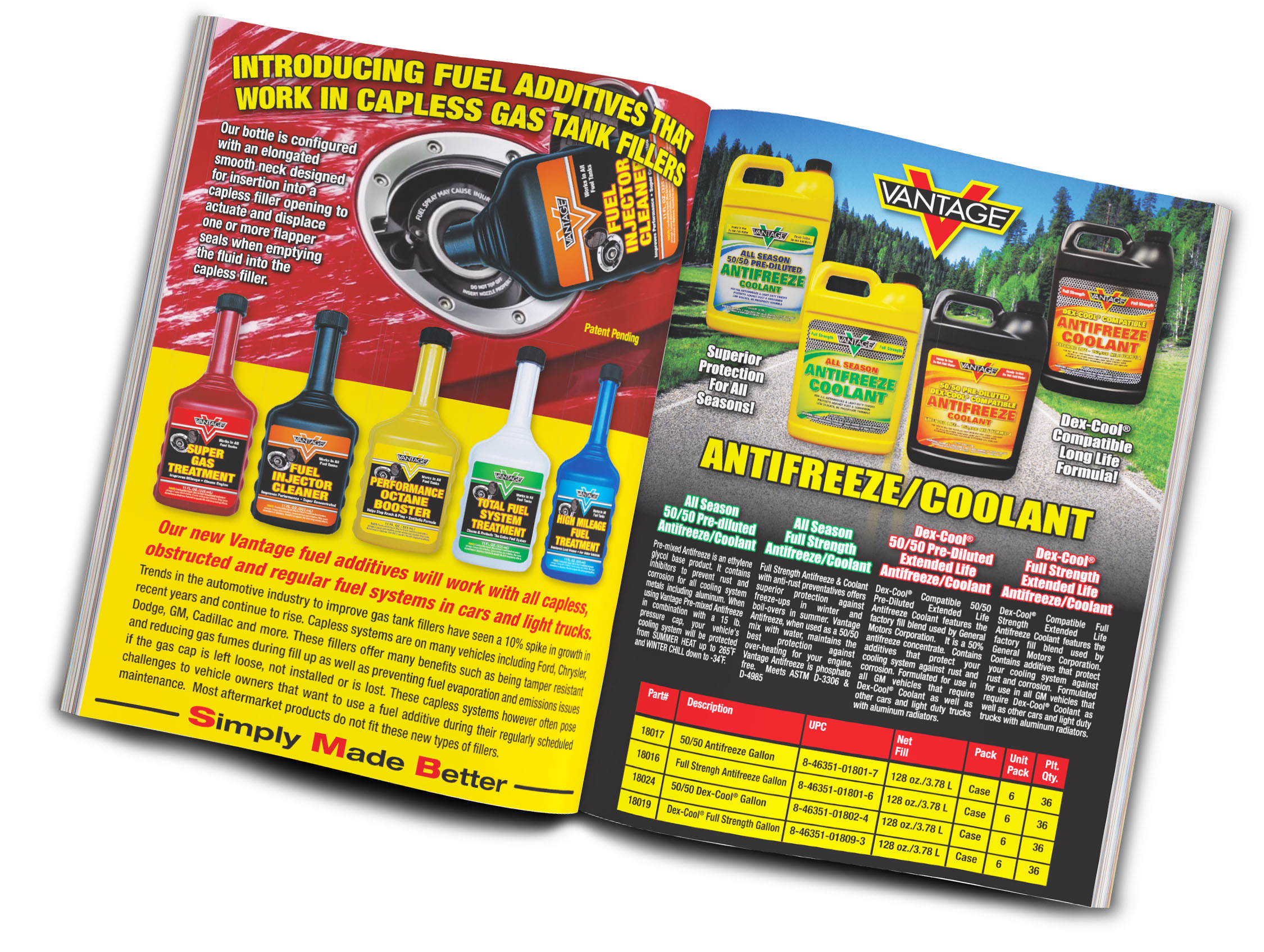
Printing in black ink instead of full color is cheaper than full color but not by much! You would be surprised how closely priced color can be to black printing. However, for the sake of savings, black ink is the most economical and cost saving option. If it’s absolutely necessary and you’re on a tight budget, try limiting your booklet to using color only for the outside cover and print all inside pages in black ink. This is especially sensible if your booklet pages are mostly text anyways. Any inside images and logos can be printed in black or grayscale as well.
Of course, printing in black ink isn’t always the right choice. If you are printing a photo book, product catalog or any other highly visual or promotional booklet, we definitely recommend full color. Remember that full color printing is still quite affordable! If you are choosing to print in color (whether the full booklet or just the outside cover), make sure you understand the differences in CMYK and RGB.
• CMYK (cyan, magenta, yellow, and black) is a color system also known as full color printing and is a process used by most commercial printers.
• RGB (red, green, and blue) is the color process that computer monitors, digital cameras, scanners, and TV screens use to display color. If you are designing a print project that is RGB, expect a slight color shift to the final prints, as the files must be converted to CMYK in order to produce the printed materials. For best results, design all print designs in CMYK.
5. Affordable Finishing Touches
Once you’ve chosen your booklet size, paper weight, binding method and colors, you’ve reached the point where your project is almost done! Now all you have to worry about are the finishing touches – namely, cover finishing. This is where PrintingCenterUSA recommends spending a little extra money in order to make sure your final product looks its best. While UV High Gloss Coating is completely optional, we think that it’s worth the low cost because it will prevent scratching and scuffing and keep your booklet looking brand new for years to come.
UV High Gloss Coating – UV is short for Ultra Violet Coating, which is a shiny gloss coating applied over printed cover weight paper to make photos and colors pop as well as providing a truly professional look and feel to your book printing.
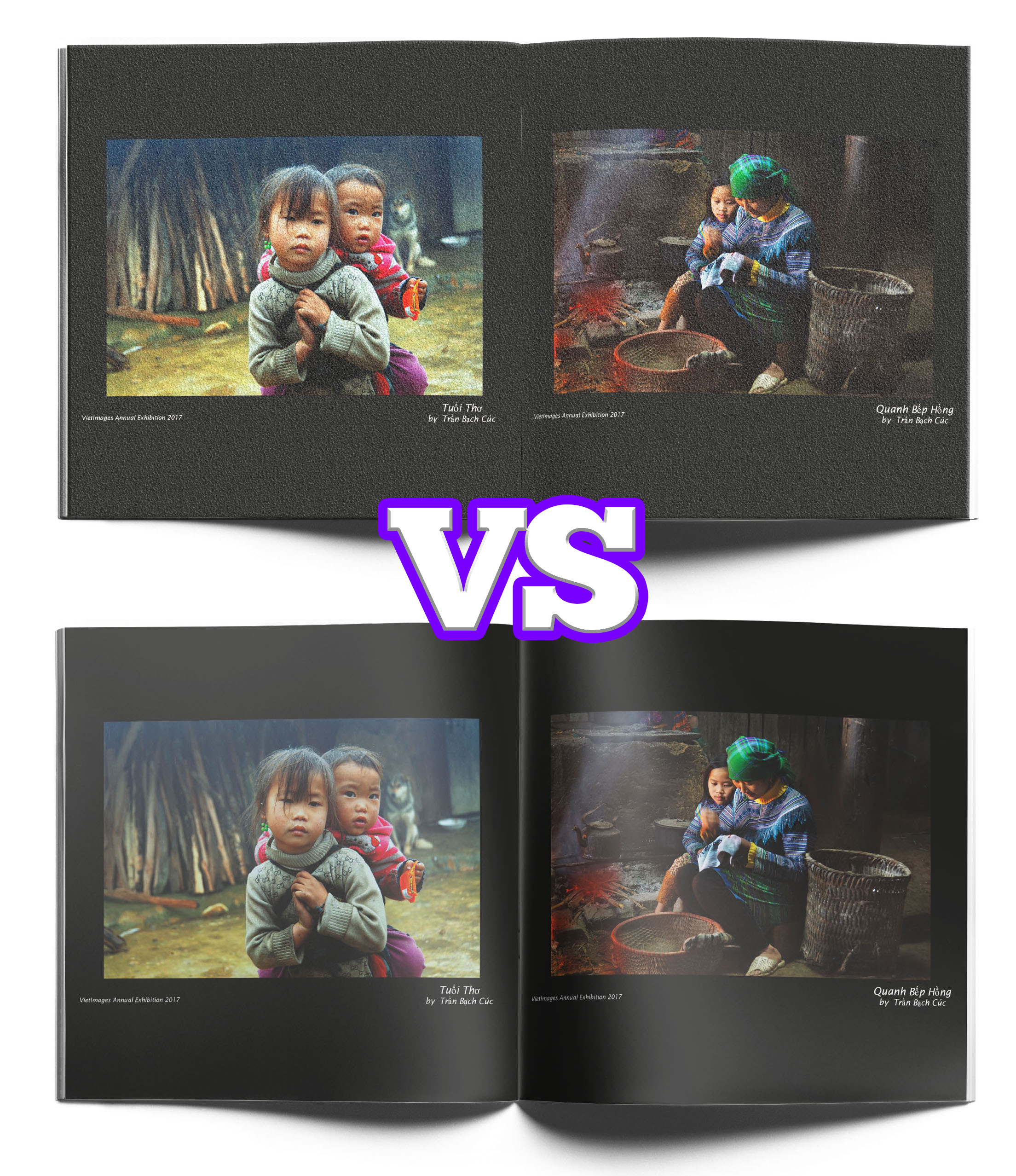
It is both water and scratch resistant and is great for artwork with a high concentration of ink coverage. UV gloss is highly recommended for orders with quantities under 500.
There are three important things to keep in mind when deciding on whether or not to use High Gloss UV Coating on your project:
1. We cannot guarantee against scuffing and scratching if you chose not to apply High Gloss UV Coating to your cover!
2. We especially recommend High Gloss UV Coating on covers containing solid ink coverage where a large part of the cover or the entire cover has ink coverage.
3. Keep in mind that when applying our High Gloss UV Coating to a Matte stock, it will result in the cover being glossy. The inside covers and other pages will be unaffected.
6. Bonus Tip!
If possible, try to order a large quantity of booklets at a time. Typically, the more you order results in you paying less per piece. For short runs (10 to 1,000 booklets), digital printing will cost less than offset printing. But, if your order quantity increases to more than 1,000, offset printing becomes more efficient. So, your individual costs for 1,000 booklets will be more cost-effective than 500 booklets. The more you order results in a lower unit cost.
Make sure you are in contact with your online printing company early on in the printing process. Ask for suggestions! Let them know what your plans and specifications are. If you are on a budget, getting in touch with an online printer before you start the design process could help you save lots of money.
Here at PrintingCenterUSA, we will always make sure that you are getting the most bang for your buck and can help you through the entire production process. We are happy to answer any questions on how to save money on your print project. Call us at 1-800-995-1555 or send us an email.

